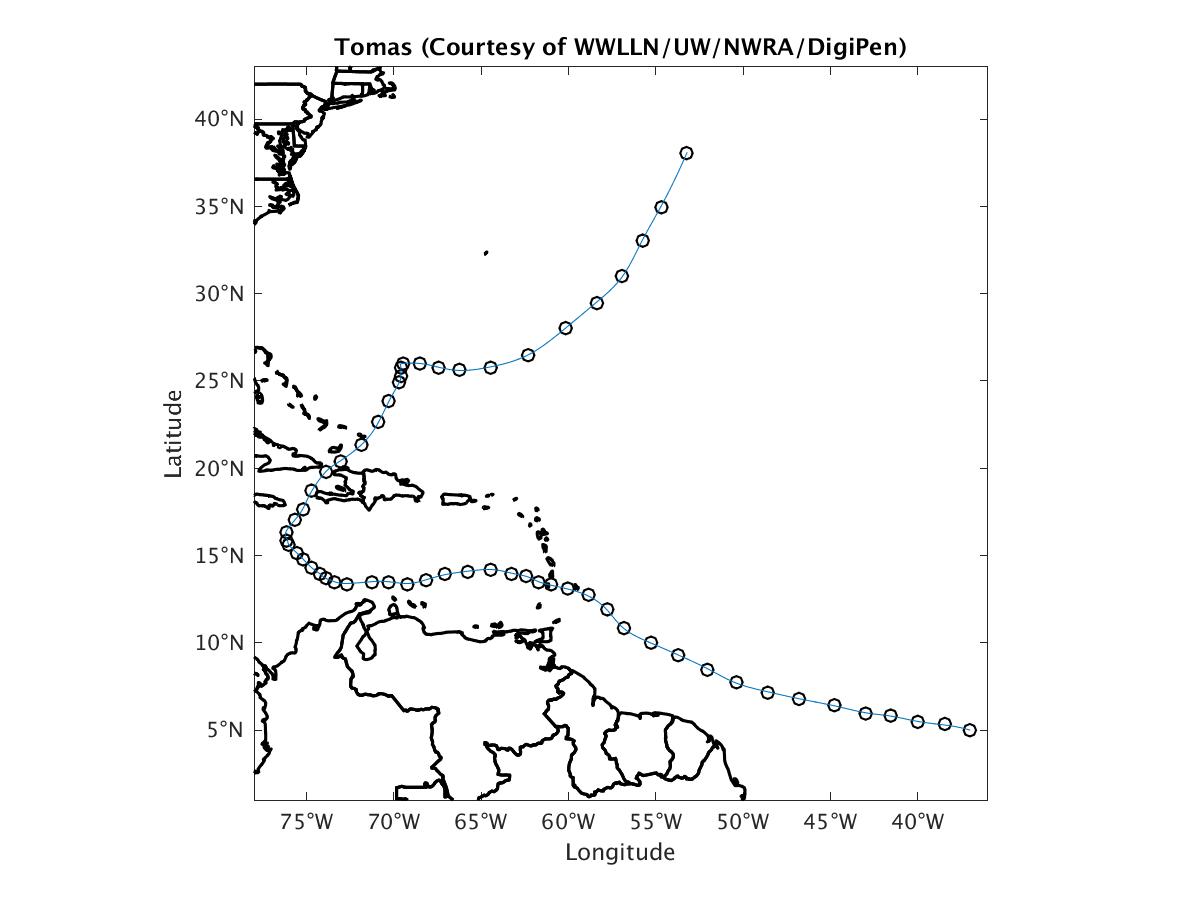

Forecasts said the Atlantic season's 12th hurricane could drop up to six inches of rain in the region. Tomas earlier toppled power lines and damaged houses in Barbados as a tropical storm. A cruise ship carrying nearly 2,000 tourists docked instead in Dominica. Heavy rains caused a landslide that blocked a main highway linking the capital to the island's southern region.Īt least 20,000 people were without power on Martinique, and streets flooded and tree branches were down. "There is also serious damage to fruit trees, bananas and other infrastructure and this is going to cost the state millions." Chief Agricultural Officer Reuben Robertson said "most of our farmers have taken a serious beating." On the nearby island of St Lucia, high winds tore off the roofs of a hospital, a school and a stadium and toppled a large concrete cross from the roof of a century-old church, government officials said. "I have been told that over 300 houses have suffered some level of damage," Gonsalves said yesterday morning. Widespread flooding triggered landslides that cut off as many as 30 roads, marooning hundreds of residents. St Vincent Prime Minister Ralph Gonsalves said fierce winds tore roofs from scores of homes and more than 1,000 people sought emergency shelter as the islands plunged into darkness. Authorities in St Vincent and the Grenadines said two workmen were hospitalised after they were blown off a roof during the hurricane's passage. A 31-year-old St Lucian woman also died in a road accident during the storm, he said. St Lucia Prime Minister Stephenson King said an American tourist drowned Saturday at Cas En Bas beach in the island's north. By Sunday, two deaths and a few injuries were reported from Tomas in a cluster of islands at the Caribbean Sea's eastern entrance. But Daniel Brown, a centre forecaster, said Tomas was "likely to strengthen when it's over the central Caribbean" and Haiti, the Dominican Republic and Jamaica could be hit by rains from outer bands in another few days.Įarlier, Barbados, St Lucia, St Vincent and Martinique were hit by hurricane force winds and torrential rainfall. The US National Hurricane Center in Miami said some more weakening was forecast during the next 24 hours, and it should maintain most of its strength into tomorrow. The Category 1 hurricane with maximum sustained winds of 90 mph was moving toward the west-northwest on a path that could take it over vulnerable Haiti later in the week.

Of course, that slow movement near land led to massive, widespread flooding in Louisiana, Mississippi, Alabama and Florida.KINGSTOWN – Hurricane Tomas weakened slightly as it moved deeper over open waters yesterday after tearing off roofs, downing power lines and whipping up beach-eroding waves that crashed over sea walls in the eastern Caribbean. Hurricane Juan in 1985 did even better, looping twice near the Louisiana coast. In this way, you can get a loop, as occurred with Jeanne in 2004 before its eventual Florida landfall. Once that same high-pressure system aloft moves to the east, the hurricane or tropical storm will curl back toward the west, then northwest again. Often in a looper case, a weak disturbance in the jet stream will brush to the north of the hurricane or tropical storm, pulling it northeast or east, but won't be strong enough to carry it away.īehind that, higher pressure aloft will then curve the system back toward the south. A few performed multiple loops, with paths resembling a helix. These tropical storms and hurricanes made at least one loop, crossing their previous path once or more. We have many examples of each in our slideshow atop this article. These tended to fall into several categories.

The paths these storms trace out may resemble a child's first drawing, proudly displayed on the refrigerator. Some hurricanes and tropical storms, however, take stranger journeys. Those forecast tracks are relatively straightforward.

In these cases, the atmosphere's steering flow is strong and persistent enough to keep the hurricane on a steady path. Some tropical cyclones follow very clear tracks – for example, a curve around the south and west sides of the Bermuda-Azores high in the Atlantic Basin, or just a straight buzzsaw through the Caribbean Sea. The twisty, curvy forecast path of Eta over the next several days is a reminder that hurricane paths often aren't relatively straight lines.


 0 kommentar(er)
0 kommentar(er)
